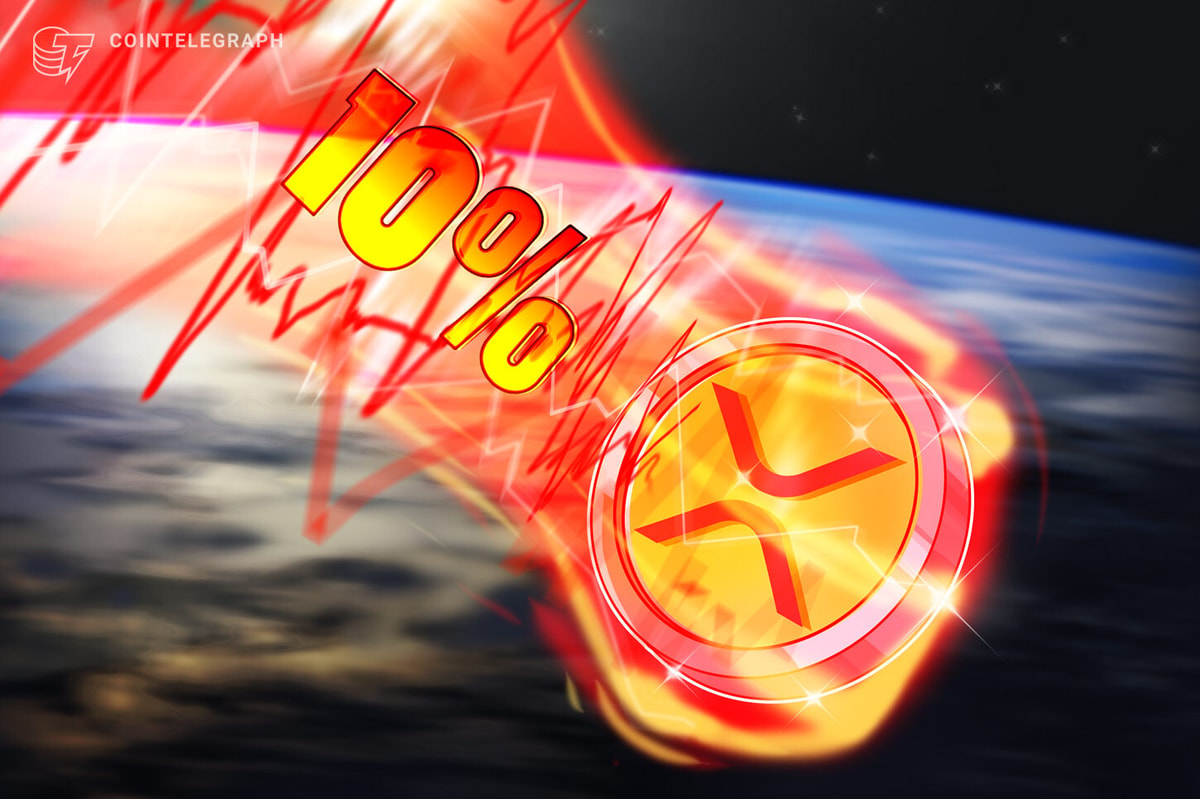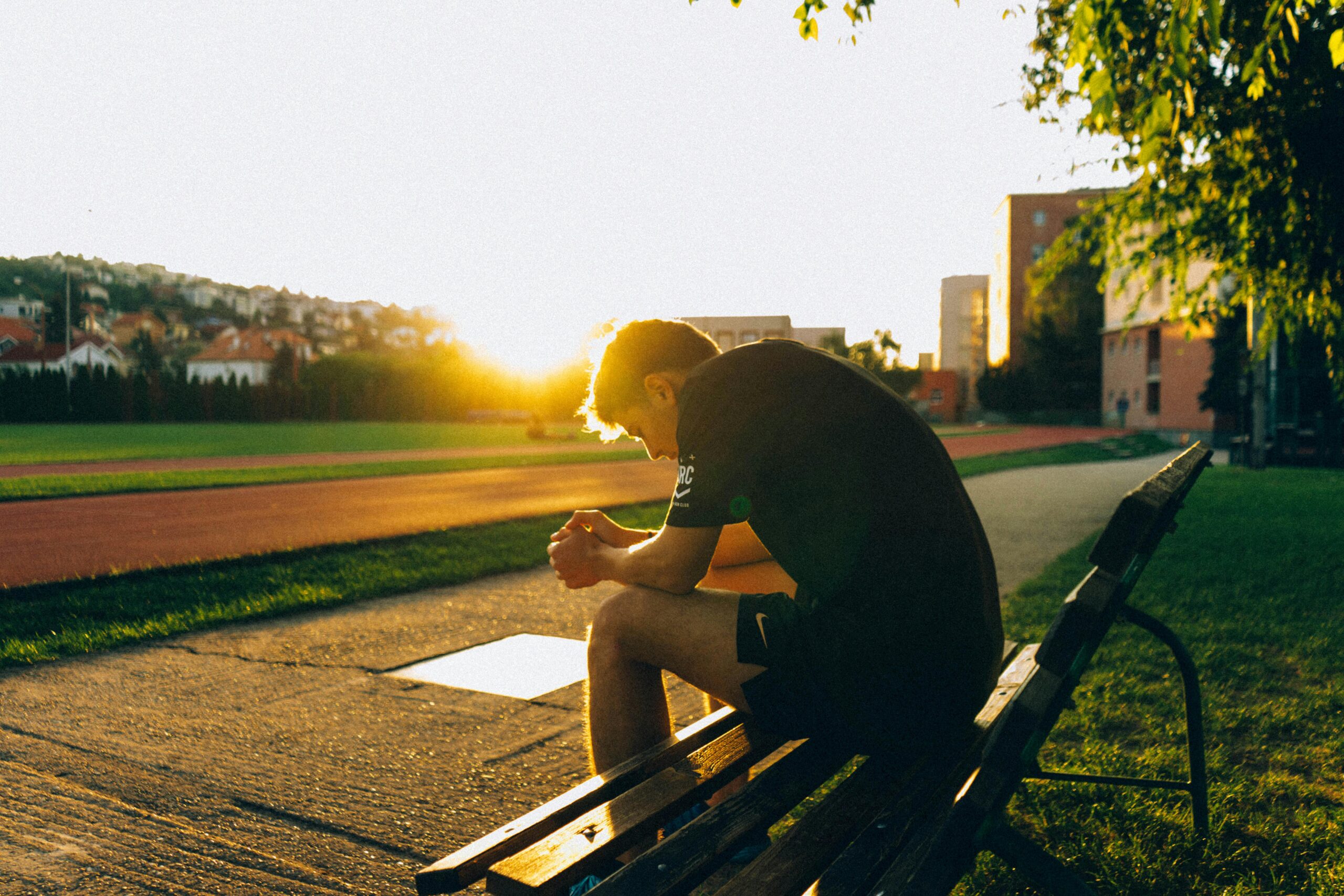Ever had one of those days where you finish work, look at your to-do list for personal projects, and just… sigh? You know what you should do, you even want to do it, but your body feels like it’s running on fumes. The motivation is there, the plan is there, but the energy? Nowhere to be found. You end up on the couch, scrolling through social media, wondering where your ambition went.
It’s a common story, and one I’ve lived many times. For years, like many of you, I focused intensely on time management. I optimized my schedule, streamlined my workflows, and became a master of my calendar. And while that’s incredibly important, I eventually hit a wall. I realized that having all the time in the world means nothing if you don’t have the energy to actually use it. It was a lesson brought home vividly by my recent obsession with pickleball.
I started playing pickleball a few months ago, and it quickly became a daily ritual, sometimes even twice a day. It’s a fantastic workout and a great way to socialize. But playing five or six times a week, sometimes for hours on end, can be taxing. People started asking me, “Thanh, how do you have the energy to do all this? How do you avoid injuries?” It made me reflect on something we often overlook in the productivity world: energy optimization. It’s not just about managing your time; it’s about fueling your body and mind so you can actually do the things that matter.
At Asian Efficiency, we talk about the TEA Framework: Time, Energy, and Attention. Most people get stuck on time, but energy is often the missing piece. Think of it this way: you can have the most beautiful, high-performance sports car in your garage, with a driver eager to hit the road. But if the tank is empty, that car isn’t going anywhere. Your body is that sports car, and energy is its fuel. Without it, even the best intentions and most detailed plans will stall.
In fact, I’ve found that a lot of what we call procrastination isn’t laziness at all. It’s a symptom of low energy. You might plan to work on your side hustle or study for a certification after work, but when the time comes, you’re just too tired. So, what if you could double, even triple, your energy capacity? How much more would you accomplish? How much more of the right things would you get done?
This isn’t about finding more hours in the day; it’s about making the hours you have count. It’s about building a robust energy protocol that supports your ambitions. Let’s dive into three foundational pillars that have transformed my own energy levels and can do the same for you.
The Ultimate Force Multiplier: Mastering Your Sleep
If there’s one thing I could tell you to prioritize for immediate and massive gains in productivity, it’s sleep. It’s the most foundational piece of the energy puzzle, and frankly, it’s often the most overlooked. I always say sleep is the ultimate force multiplier for productivity. When clients come to me struggling, the first thing I often look at is their sleep habits. And simply by helping them get an extra hour or hour and a half of quality sleep, they often see a 10, 20, even 30 percent jump in productivity without changing anything else.
Their focus sharpens, procrastination dwindles, and their overall energy capacity skyrockets. It’s like unlocking a hidden superpower. So, if you’re feeling drained, ask yourself:
1. What can I do to get an extra hour or hour and a half of sleep each night?
Now, I know what you’re thinking: “Going to bed an hour earlier is easier said than done!” Our minds often race when we try to wind down, replaying emails, forgotten tasks, or future worries. That’s where a “shutdown ritual” comes in. It’s a routine designed to signal to your brain that the workday is over and it’s time to prepare for rest.
One of the most impactful elements of a shutdown ritual is eliminating screens in the last 90 minutes of your day. No phones, no tablets, no laptops, especially not in bed. This might sound drastic, but here’s the simple science behind it: our bodies naturally produce melatonin, a hormone that helps us transition into sleep. However, when our brain detects light, particularly the blue light emitted by screens, it inhibits melatonin production. It’s like our internal clock, our circadian rhythm, gets confused and thinks it’s still daytime.
By going screen-free for 90 minutes before bed, you allow your body to naturally produce the melatonin it needs, helping you fall asleep faster and achieve deeper, more restorative sleep. If you’re wondering what to do with that screen-free time, consider this:
2. How many unread books are collecting dust on your shelf right now?
Pick one up! Spend quality time with your family or significant other. Play a board game. Do something analog. There are countless ways to unwind without a screen. Even if you don’t sleep more hours, the quality of your sleep will dramatically improve, and that alone is incredibly powerful. For me, switching from a Kindle back to physical books has been a game-changer for my evening routine.
The Hot and Cold Advantage: Boosting Recovery and Stamina
Beyond sleep, another powerful tool for energy optimization that I’ve embraced is contrast therapy, specifically saunas and cold plunges. Living in Austin, Texas, a city at the forefront of health and wellness, I’ve had the opportunity to explore these practices, and the benefits are undeniable.
While I’m no scientist, I can tell you from personal experience that alternating between hot and cold environments significantly aids recovery and boosts overall stamina. The magic lies in blood flow. When you’re in a hot environment, like a sauna or hot tub, your blood vessels dilate, increasing circulation. Then, when you plunge into cold water, your vessels constrict. This rapid expansion and contraction create a “pump” effect, driving blood flow throughout your body. This increased circulation is incredibly healing and accelerates recovery, which is vital when you’re pushing your physical limits, whether on the pickleball court or in your daily work.
Many studies also point to the benefits of saunas for longevity and stress reduction, and cold plunges are known to instantly increase heart rate variability (HRV), a key metric for assessing your body’s ability to handle stress and recover. So, if you have access to these, even just once a week, consider incorporating them into your routine. You might be surprised by the mental clarity and physical resilience you gain. Ask yourself:
- What small step can I take this week to explore contrast therapy or even just a regular sauna session?
Move Your Body, Fuel Your Mind: The Power of Regular Exercise

Finally, and perhaps most obviously, regular exercise is non-negotiable for sustained energy. Before pickleball took over my life, I was a dedicated weightlifter, working with my strength and conditioning coach, Bert Massey, two or three times a week. Over five years, I’ve put on a significant amount of lean muscle, transforming from “skinny fat” to what Bert affectionately calls an “aging athlete.”
This isn’t just about aesthetics; it’s about capacity. People who exercise regularly have more stamina, greater mental clarity, and improved focus. They simply feel better, and that feeling translates directly into higher productivity and efficiency. As we age, maintaining muscle mass becomes even more crucial for longevity and overall health. So, if you’re not already moving your body consistently, consider this:
- What’s one small way you can start exercising this week, even if it’s just a 20-minute walk or a quick bodyweight routine?
It doesn’t have to be an intense gym session every day. Even a single workout a week can kickstart the process. The key is consistency. Over time, your body adapts, and your capacity for energy will naturally increase. For me, even with the demands of pickleball, I still make time for weightlifting once a week to maintain my strength and ensure my body can handle the load.
Your Action Plan: Start with Sleep
While all three of these pillars—sleep, contrast therapy, and exercise—are vital for optimizing your energy, if you take away just one thing today, let it be this: optimize your sleep. It is the ultimate foundation. Without quality sleep, no amount of exercise or cold plunges will give you the sustained energy you need to perform at your best.
So, here’s your simple, actionable takeaway:
This week, commit to going screen-free for at least 30 minutes before bed. Gradually increase that time to 45, 60, 75, and eventually 90 minutes. Notice how your sleep quality improves and how much more energized you feel throughout your day. It’s a small change with a massive ripple effect on your productivity and overall well-being.








